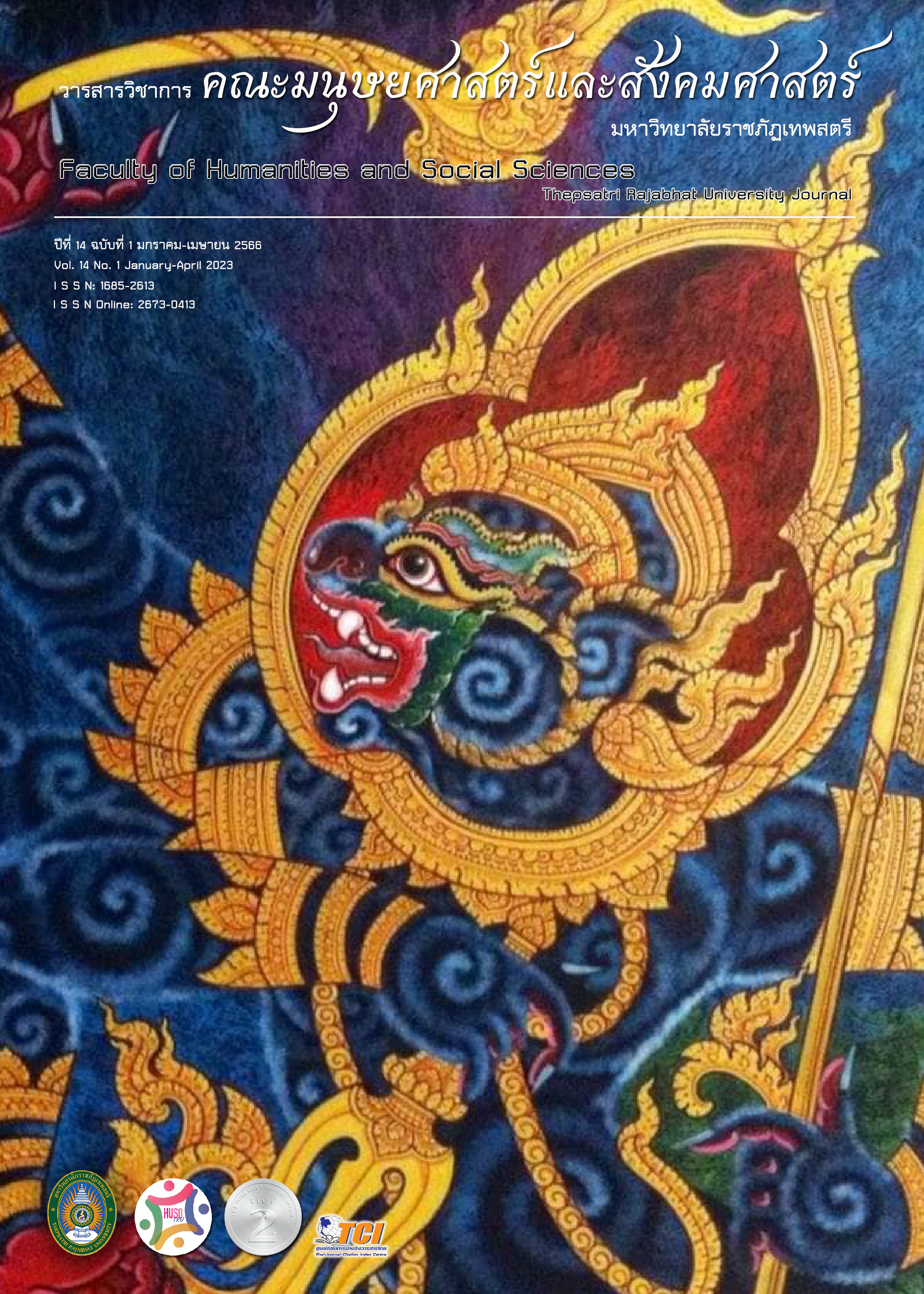The Ways for Prevention and Solving Problem of the Teacher’s Sexual Harassment to Student
Main Article Content
Abstract
The purposes of this article were 1. to study the results of the teacher’s sexual harassment to the students 2. to study the causes and ways for prevention and solving problem of the teacher’s sexual harassment to student. It is found that sexual harassment with learners has failed by nature to the principle of teaching professional convention as well as morality and teacher’s discipline. The offender will receive disciplinary punishment ranging from level of the lightest to the strongest severity: the criminal penalty sine fine money imprisonment until execution. The Ministry of Education has announced for punishment sexual culprit teachers to students many cases. The causes of the teacher’s sexual harassment to the students are as follows; 1. teachers have power over their students; 2. teachers have relations with some influencer in the local; 3. parents of the students are unlikely to defend the cases; 4. the cronyism in the school; 5. teachers’ lack of consciousness to own roles and duties; 6. teachers’ sexual obsession; 7. desires caused by physical appearance 8. teachers’ mental problems and 9. lack of supervisors’ disciplinary and consciousness enforcement. The overall ways for prevention and solving the problems are as follows; 1. modification teacher’s behavior and mindset; 2. modification of the effective structure to sexual misconduct of teachers; 3. teaching students about sexual safety and rights; 4. implementing Buddhism’s principle and 5. education administrator in all levels should be strict and implant moral and conscience to teachers.
Downloads
Article Details

This work is licensed under a Creative Commons Attribution-NonCommercial-NoDerivatives 4.0 International License.
The content and information presented in articles published in the Academic Journal of the Faculty of Humanities and Social Sciences, Thepsatri Rajabhat University, are solely the opinions and responsibilities of the respective authors. The editorial board of the journal neither necessarily agrees with nor assumes any responsibility for such content in any manner whatsoever.
All articles, information, content, and images published in the Academic Journal of the Faculty of Humanities and Social Sciences, Thepsatri Rajabhat University, are the copyright of the journal. Any person or organization wishing to reproduce, disseminate, or otherwise utilize all or any part thereof must obtain prior permission from the Academic Journal of the Faculty of Humanities and Social Sciences, Thepsatri Rajabhat University.
References
จะเด็จ เชาวน์วิไล. (2563, พฤษภาคม 13). ผู้อำนวยการมูลนิธิหญิงชายก้าวไกล. สัมภาษณ์. BBC News ไทย.ข่มขืนนักเรียน: กำจัดระบบอุปถัมภ์-อำนาจนิยม ทางแก้ปัญหาล่วงละเมิดทางเพศในโรงเรียน. สืบค้น มิถุนายน 15, 2565, จาก https://www.bbc.com/thai/thailand-52643849.
ธีร์ ภวังคนันท์. (2563, ธันวาคม 8). ผู้อำนวยการศูนย์เฉพาะกิจคุ้มครองและช่วยเหลือเด็กนักเรียน สำนักงานคณะกรรมการการศึกษาขั้นพื้นฐาน. สัมภาษณ์. ไทยรัฐออนไลน์. สถิติ 7 ปี ล่วงละเมิดทางเพศนักเรียนครูไม่มีสิทธิก้าวพลาด. สืบค้น มิถุนายน 5, 2565, จาก https://www.thairath.co.th/scoop/1988528.
พระราชบัญญัติแก้ไขเพิ่มเติมประมวลกฎหมายอาญา (ฉบับที่ 27) พ.ศ. 2562. (2562, 27 พฤษภาคม). ราชกิจจานุเบกษา. เล่ม 136, ตอนพิเศษ 69 ก. หน้า 127-133.
พระราชบัญญัติระเบียบข้าราชการครูและบุคลากรทางการศึกษา พ.ศ. 2547. (2547, 23 ธันวาคม). ราชกิจจานุเบกษา. เล่ม 121, ตอนพิเศษ 79 ก. หน้า 41-46.
สำนักงานคณะกรรมการครูและบุคลากรทางการศึกษา (ก.ค.ศ.). (2560). วินัยข้าราชการครูและบุคลากรทางการศึกษา. สืบค้น มิถุนายน 15, 2565, จาก https://shorturl.Iasia/l2ohM.
สำนักงานเลขาธิการคุรุสภา. (2550). กฎหมายเกี่ยวกับการประกอบวิชาชีพทางการศึกษา (เล่ม 3). กรุงเทพฯ. สำนักงานเลขาธิการคุรุสภา.
สมพงษ์ จิตระดับ. (2563, พฤษภาคม 26). ผอ.ศูนย์วิจัยและพัฒนาด้านเด็กและเยาวชน จุฬาลงกรณ์มหาวิทยาลัย. สัมภาษณ์. ไทยรัฐออนไลน์. 3 วงจรการศึกษาทำเด็กถูกละเมิดทางเพศ. สืบค้น มิถุนายน 8, 2565, จาก https://www.thairath.co.th/news/local/1853438.
อังคณา อินทสา. (2564, มิถุนายน 17). หัวหน้าฝ่ายส่งเสริมความเสมอภาคระหว่างเพศ มูลนิธิหญิงชายก้าวไกล. สัมภาษณ์. ไทยรัฐออนไลน์. คุกคามทางเพศในสถานศึกษาน่าห่วง จี้โรงเรียน-มหาวิทยาลัยแก้ปัญหาจริงจัง. สืบค้น มิถุนายน 3, 2565, จาก https://www.thairath.co.th/news/society/2117811.
อัมพร พินะสา. (2563, พฤษภาคม 26). เลขาธิการคณะกรรมการข้าราชการครูและบุคลากรทางการศึกษา. สัมภาษณ์. ไทยรัฐออนไลน์. กวาดล้างครูนอกรีตพ้นการศึกษา. สืบค้น มิถุนายน 10, 2565, จาก https://www.thairath.co.th/news/society/1852599.


